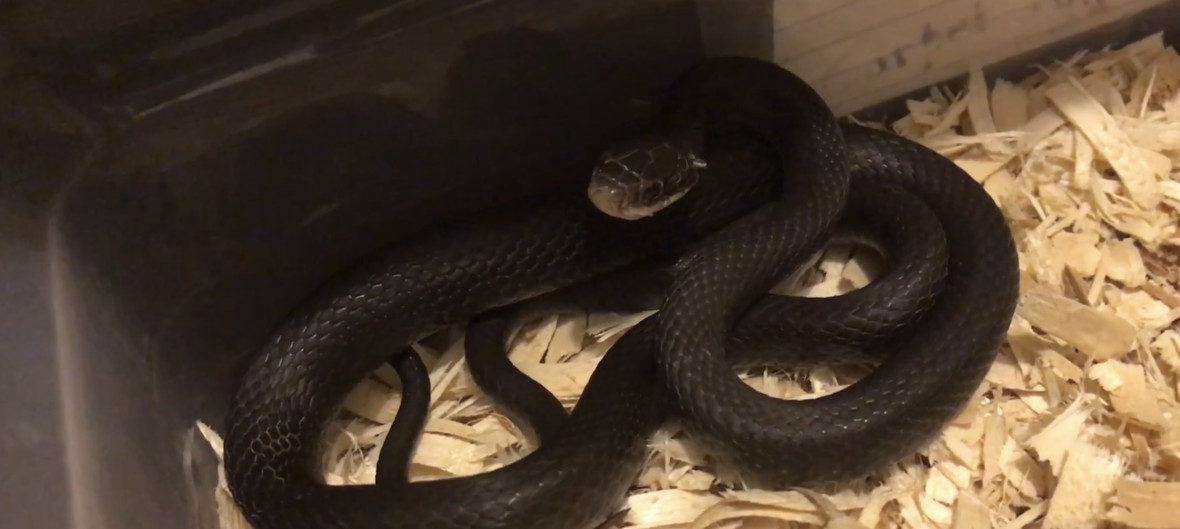- info@GrandRapidsanimalattic.com
Call 24/7 for a free quote:
616-548-5545
The Skeletal System of the Snake
Due to the Grand Rapids snake’s flexibility and the manner that they move, some people will think that they don’t have any bone. However. You will be surprised that snakes have more bones compared to humans. Their skeletal frame mainly consists of their skull, ribs, and vertebrae. They also have limbs, but it is only a vestigial remnant. Their skeletal frame has fascinated experts for years.

The Basic Bones of the Snake
While the snake may have more bones compared to humans, it includes fewer types of bones. Most of them will only have hundreds of vertebrae, skull, and ribs. Other types of snakes such as boa, blind snake, and python will have a more complex snake compared to the usual serpent.
Skull
The snake’s skull is quite intricate. It comes with several joints that permits the animal to swallow creature that is larger than the snake’s head. The average type of snake skull will have the ossified braincase. It also highlights parietal bones that is connected to the basisphenoid. Their basisphenoid will be extensive that spreads to the ethmoidal section. They have a pair of nasal bone that will be connected to the base.
The skull of the snake is very kinetic and will have more movable parts compared to the human skull. You are perhaps aware that we only have a single movable part, which is the temporomandibular joint. This enables our mouth to close and open. On the contrary the jaws of the snake can move independently. The inner and outer section of their upper jaw are also kinetic. Multiple bones in their jaw are connected by ligaments that makes it possible to stretch their jaws.
Ribs and Vertebrae
The vertebrae of the snake are separated into atlas, lumbar vertebrae and the caudal vertebrae. The atlas is composed of the precaudal vertebrae. The lumbar vertebrae do not come with a rib, but it has lymphapophyses that enclose the lymphatic vessel of the Grand Rapids snake. The caudal vertebrae on the other hand will have a simple process. It highlights the usual ball-and-socket joint that comes with a condyle at the back.
Vestigial Limb
The remnant of the Michigan snake’s pelvis can still be found in snakes such as pythons, boas, typhlopidae, aniliidae, and leptotyphlopidae. The vestigial limb is the indication that the snake’s ancestors have limbs. The legs disappeared after the snake evolved.
There are too many things to learn about the skeletal frame of the snakes. In fact, we have not even covered half of their skeletal parts. When you are examining the parts of the snakes, you will be surprised on how small they are. They are also fragile; therefore, they will not have a good fossil since some of their bones can easily disintegrate. In fact, even the usual cleaning of their bones can cause damage to the condition of their skeleton. Skeleton have bone frames that they use to protect their vital organs. It also works in a complex manner that helps them fulfill their daily activities.
Visit our Grand Rapids wildlife removal home page to learn more about us.

